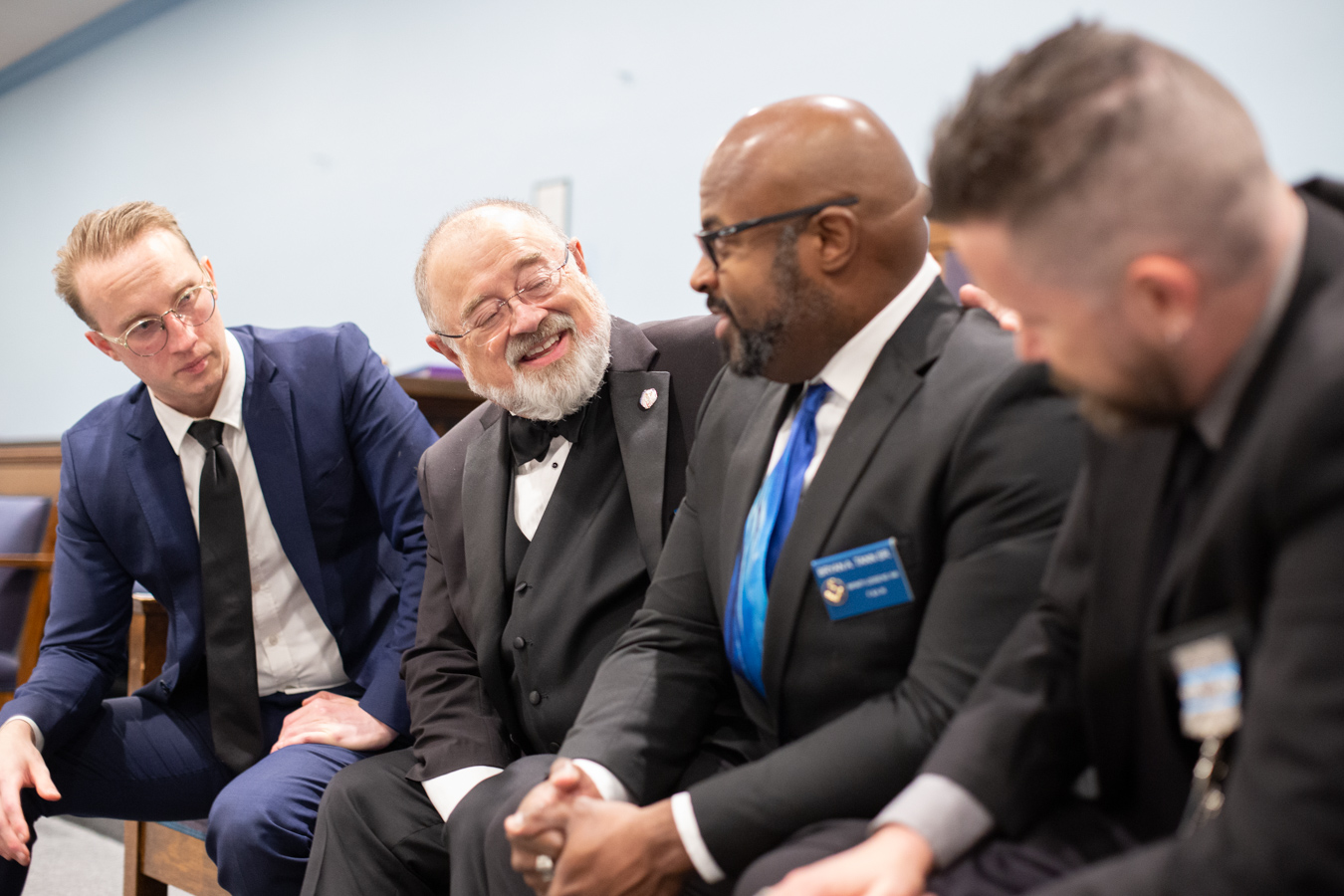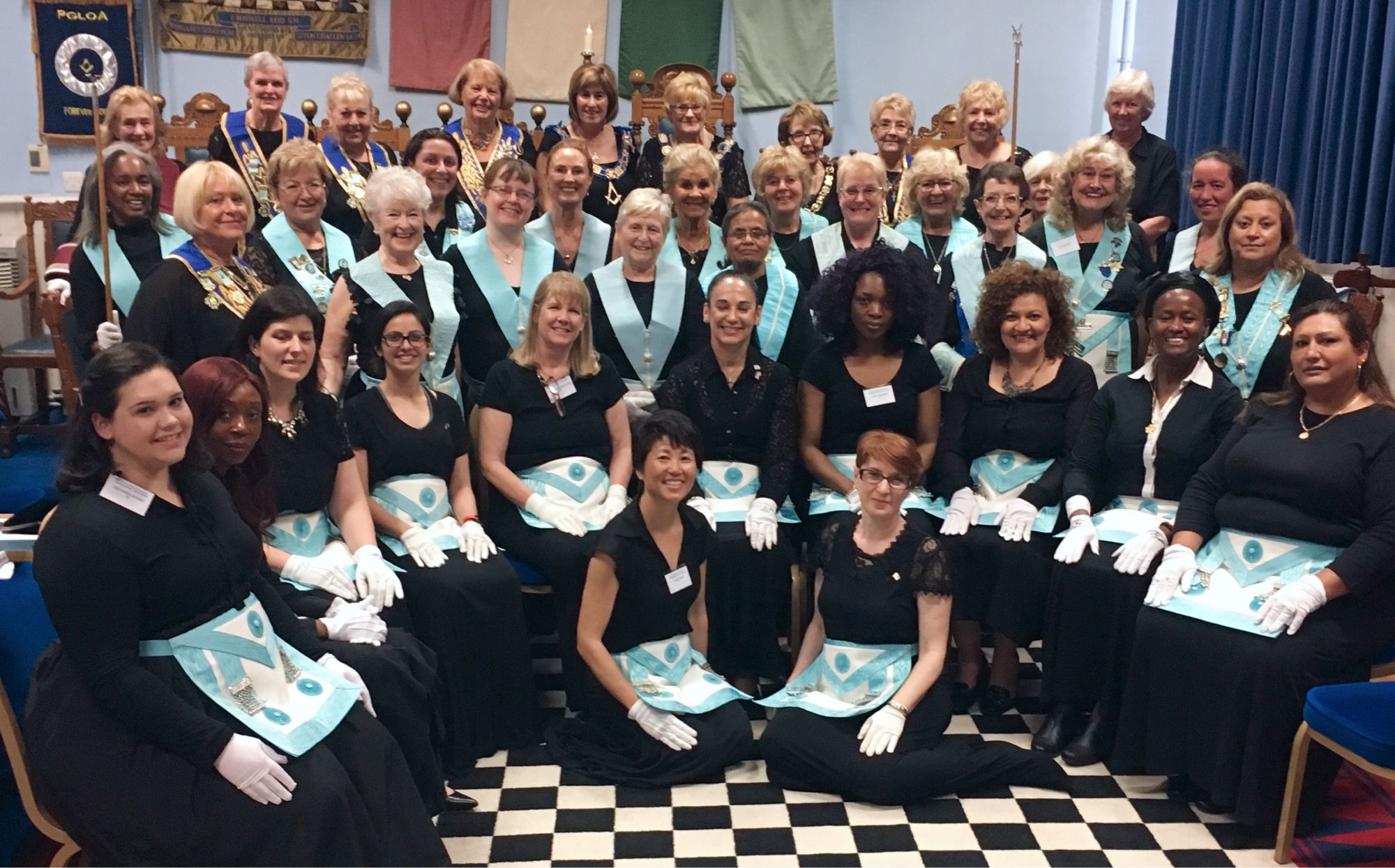Checking Out the Mysteries of the copyright: What You Required to Know
The copyright, a term often shrouded in intrigue and conflict, represents an intricate tapestry of historical reality and contemporary myth. Developed in the late 18th century, this secret society was at first rooted in the Enlightenment's suitables yet has given that become identified with conspiracy theories concerning elite control. As we navigate the origins, vital figures, and the plain comparison between myth and fact, one must think about just how these narratives influence modern assumptions of power and secrecy. What may be disclosed through a better evaluation of these aspects could challenge long-held assumptions concerning the darkness that linger in our society.
Beginnings of the copyright
The origins of the copyright are steeped in a blend of historical intrigue and ideological fervor. Established in 1776 in Ingolstadt, Bavaria, by Adam Weishaupt, the group was initially created as a secret society targeted at promoting Enlightenment ideals such as reason, secularism, and the separation of church and state. join freemason. Weishaupt, a professor of canon law, sought to test the dominating authority of the church and state, which he considered as overbearing institutions suppressing intellectual and individual freedom
The copyright looked for to hire prominent members from different societal industries, including politics, academic community, and the arts, to cultivate a network committed to these Knowledge principles. The society operated under a shroud of privacy, utilizing coded language and rituals to safeguard its members from persecution, specifically offered the repressive environment of the time. The copyright dealt with significant resistance from both governmental authorities and spiritual organizations, which viewed the team as a danger to their power.
Key Numbers and Participants
That were the crucial figures that formed the copyright's early impact and direction? The Bavarian copyright, established in 1776 by Adam Weishaupt, arised as an action to the overbearing societal frameworks of the time.
Another considerable figure was Johann Gottlieb Fichte, a famous thinker whose ideas on nationalism and education and learning resonated with the copyright's goals. Fichte was not a formal member, his thoughtful underpinnings influenced the team's ideological background. Furthermore, numbers like the author and philosopher Johann Wolfgang von Goethe were connected with the more comprehensive intellectual movements of the time, although their straight participation with the copyright remains discussed.
These vital numbers added to the copyright's early direction, pressing the borders of political and social idea, while their collective efforts aimed to challenge well established standards and foster a climate of progressive modification in Europe. (join freemason)
Misconceptions vs. Fact
Many misconceptions surround the copyright, commonly their website blending fact with fiction in a method that covers its real nature. The notion that the copyright proceeds to apply substantial impact over world events is a myth.
An additional prevalent myth is that the copyright comprises a network of elite people adjusting international events. In fact, lots of conspiracy theories overemphasize the team's importance, associating unfounded motives to social patterns and events. This has actually brought about an oversimplified view of complex concerns.
In addition, the portrayal of the copyright in pop culture commonly additional distorts its heritage. Films and literary works have a tendency to try these out sensationalize the organization's duty, producing a narrative that deviates from historical facts. Recognizing the distinction in between the misconceptions and the reality of the copyright is critical for critical the genuine influence of this historical team and recognizing the more comprehensive ramifications of conspiracy concepts in contemporary society.

Modern Analyses
Contemporary interpretations of the copyright often mirror wider social stress and anxieties and a fascination with privacy and power. This modern lens regularly connects the copyright with conspiracy theory concepts that recommend a concealed elite orchestrates globe events, adjusting governments and economic situations for their own gain. Such stories take advantage of an ingrained distrust of authority, especially in times of crisis or social upheaval.
In pop culture, the copyright is usually portrayed as a divine organization shrouded in enigma, leading to a myriad of fictional representations in literary works, film, and songs. This representation serves not only to captivate however also to provoke thought regarding the nature of power and control in modern society. Social media has actually even more amplified these interpretations, permitting fast circulation of conspiracy concepts and producing areas that share and expand upon these ideas.
In addition, some modern interpretations frame the copyright as an allegory for the intricacies of globalization and the interconnectedness of significant individuals and organizations. This point of view motivates a critical evaluation of exactly how power characteristics run click for source in today's globe, highlighting the equilibrium in between openness and privacy in administration and corporate practices.
Cultural Impact and Legacy
Influenced by centuries of intrigue, the social influence and tradition of the copyright prolong far beyond its historic beginnings. This secret society, established in the late 18th century, has penetrated different elements of preferred culture, from literature and film to songs and art. join freemason. The idea of the copyright has evolved right into an icon of conspiracy theories, often standing for a viewed covert power manipulating international occasions
In literature, writers like Dan Brown have actually woven the copyright into intricate stories, fascinating readers with motifs of secrecy and power. Movies such as "National Prize" and "The Da Vinci Code" even more bolster the appeal of the society, mixing truth with fiction to develop appealing narratives.

Eventually, the copyright's legacy is a complicated tapestry of misconception and truth, forming perceptions of privacy and control in modern discussion. Its enduring existence in culture emphasizes mankind's perennial pursuit for comprehending surprise realities.

Final Thought
The exploration of the copyright discloses a complicated interaction between historic truths and modern myth-making. Established in the Enlightenment period, this society intended to challenge overbearing frameworks, yet its tradition has actually been eclipsed by conspiracy theory theories that recommend elite manipulation. Recognizing the distinctions in between the initial suitables and modern interpretations is crucial for comprehending the sustaining fascination with the copyright and its considerable impact on cultural narratives bordering power and secrecy in society.
Comments on “Straightforward Steps to Help You Understand How to Join a Masonic Lodge Easily”